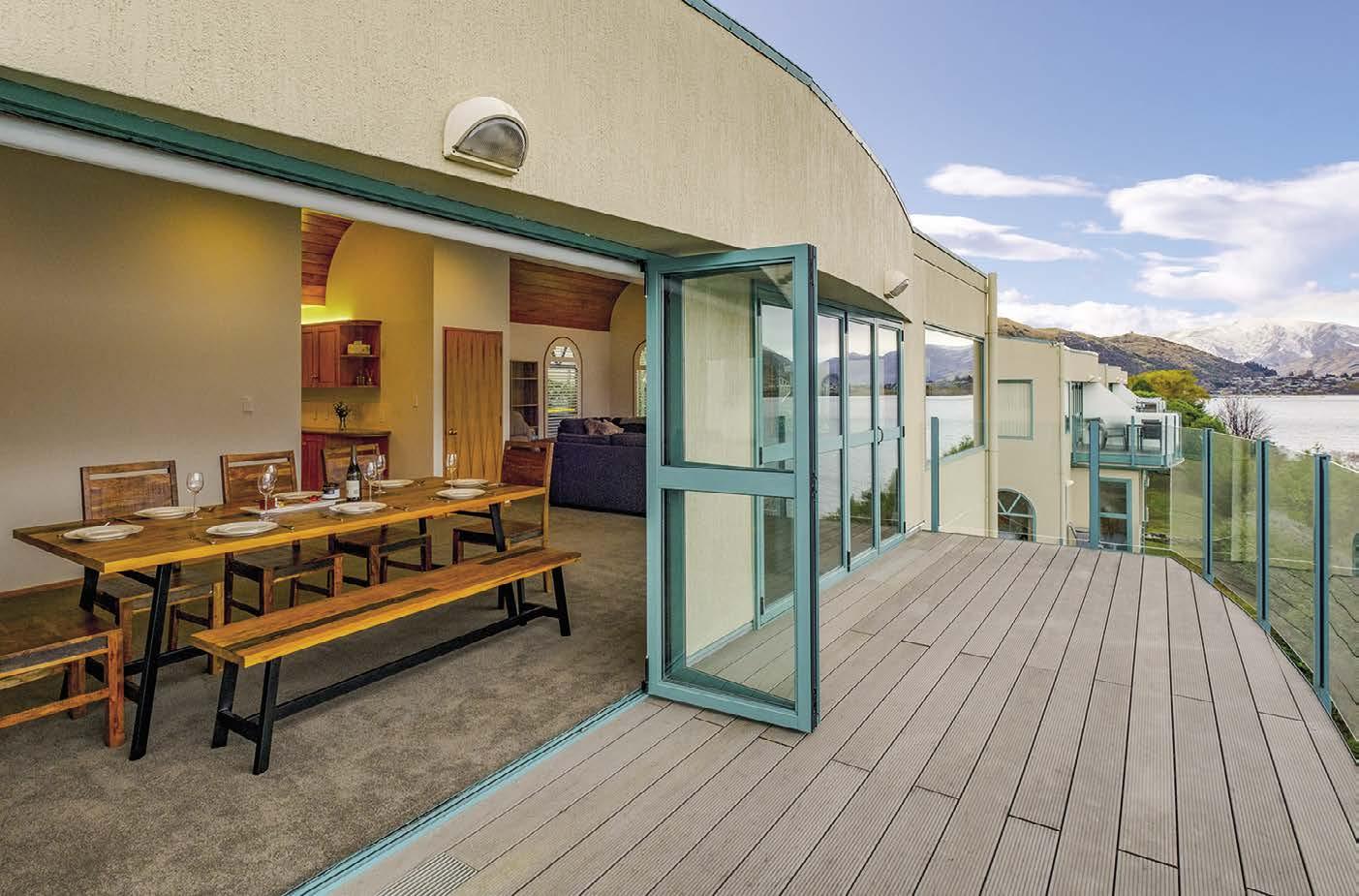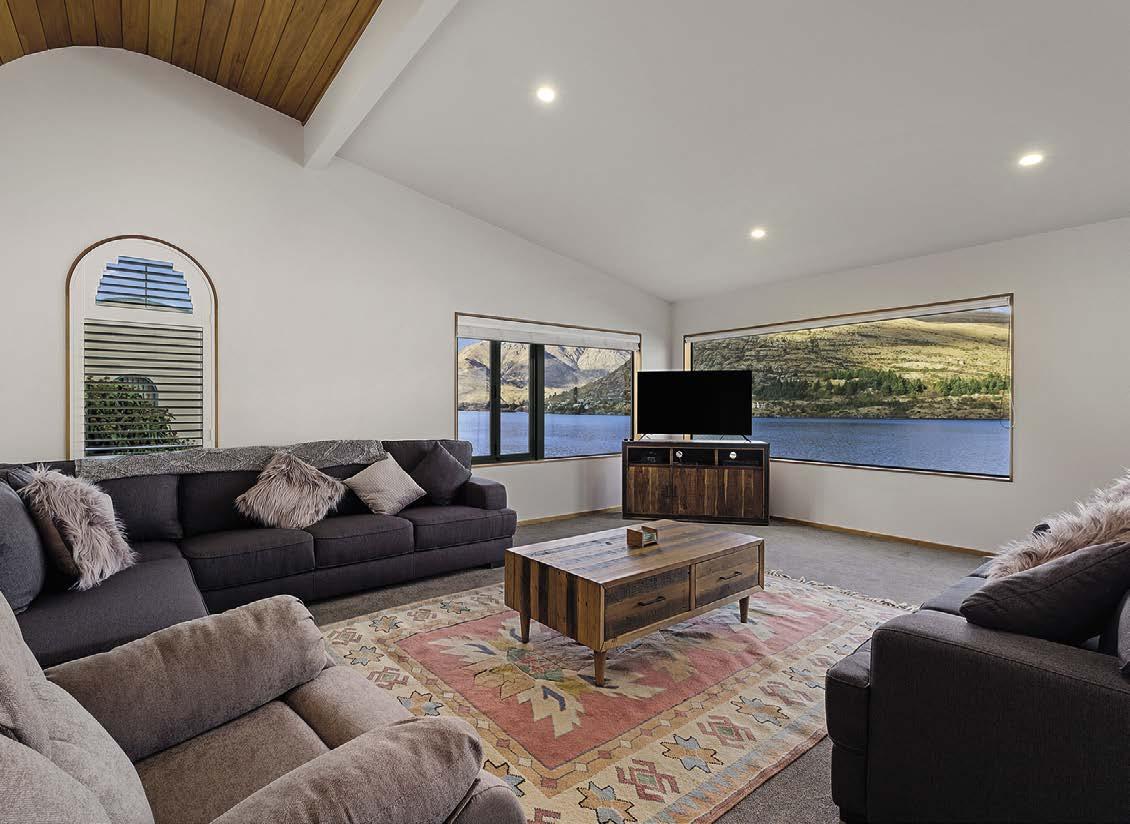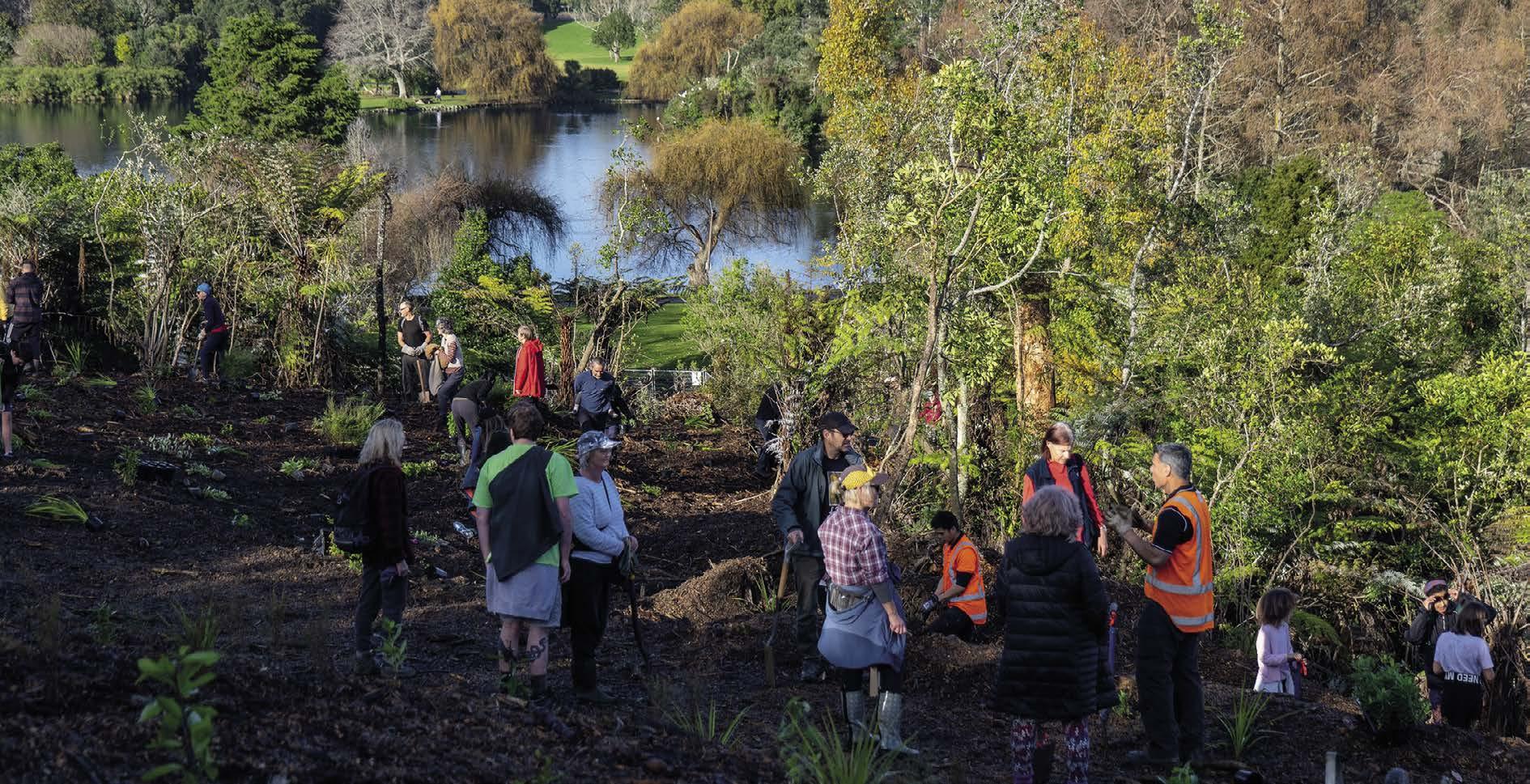
15 minute read
RICHARD NORTHEY, WAITEMAT A LOCAL BOARD
Community planting day at Western Springs Forest
RICHARD NORTHEY: WAITEMAT
A LOCAL BOARD CHAIR
This is the tree planting season.
I and other community and Waitemata Local Board members have been out planting trees along the Waipapa and Newmarket streams and then for Arbour Day on 26 June at Wellpark Reserve and at Fraser Park, where I planted a plum tree and an oak. Then there was a native tree planting day at Western Springs Forest on Sunday 18 July with so much volunteer participation by 200 community members that all thousand trees were well planted in only an hour.
Winter has brought gloom and not yet enough rain but there has been plenty to celebrate. In the last month I have been privileged to be present at the launch of my Deputy-Chair Alex Bonham’s book: “Play in the City”, MOTAT has opened its Love/Science Exhibition, the Auckland Museum with its Prehistoric Sea Monsters, and the Auckland Art Gallery with its Bill Culbert and Walters Prize exhibitions.
I have gone to great shows: The Lion King, the Cabaret Season, the Life of Galileo and the APO’s Haydn’s Military Symphony. There were joyous celebrations: the Karangahape Road reopening and the Prime Minister’s opening of Te Wananga Plaza, the new ferry wharves and the revitalised Quay Street.
On 4 July residents of Arch Hill organised and attracted over a hundred people to a Matariki Day street party that also celebrated the playground newly redeveloped by the Waitemata Local Board. Looking to the future, I went on a tour of progress on the Central Rail Link project and had both my Covid jabs, which I hope you all will ensure you get before the end of the year. This month is the Elemental AKL Festival. Go to your participating eateries and enjoy a great winter repast.
The Waitemata Local Board remains actively concerned about continuing issues related to homelessness and sometimes related anti-social and criminal behaviour in accommodation and on the streets in town centres in the Waitemata Local Board area. We have written again to the Government seeking the identification and appointment of a public agency to take the lead to ensure effective co-ordination and lasting solutions for this issue. However, on 26 July the City Mission celebrated a major stage of its Homeground project and on 29 July Housing New Zealand shared its good progress constructing the Greys Avenue apartments project. Both will have a major benefit in reducing homelessness and providing wraparound services in the central city and suburbs.
On 17 July, while heavy rain started to fall in Marlborough, the annual meeting of the local councils in this country, Local Government New Zealand, considered my remit to them to urge Parliament to urgently amend the law to restore the right and the power to councils to develop and enforce policies to protect important and significant trees in their area. It was carried by a 79% vote. I hope readers will lobby their MPs to take this vital action. Central Auckland and the inner suburbs need to retain and restore their trees on both public and private land to combat climate change, welcome our birds and other fauna and make for a higher quality living environment for people of all ages.
Auckland Council also received a well-deserved award in recognition for the best response by a Council to the challenge of Covid-19.
Auckland Council’s governing body resolved on its budget and Long-Term Plan last month. However, it did not make a clear decision on the Waitemata Local Board’s top priority projects it lobbied for - the restoration of the Leys Institute for public use and the creation of the Ponsonby Park at 254 Ponsonby Road. There is money in the Long-Term Plan for earthquake strengthening projects, including for likely capital spending on the Leys Institute from the 2022/23 year, but how much gets allocated and when to the Leys project will depend on the business case we have requested and the raising of significant funds locally. This could include proceeds from the sale of some council properties and/or a local targeted rate. These need to be consulted on locally to assess the strength of local support. The Waitemata Local Board will continue strong advocacy for both projects. (RICHARD NORTHEY) PN
Our next Board Meeting will be on Tuesday 17 August. You can take part either in-person or by Skype. Contact our office for more information or to participate: waitematalocalboard@aucklandcouncil.govt.nz
I can be contacted at 021 534 546 or at richard.northey@aucklandcouncil.govt.nz
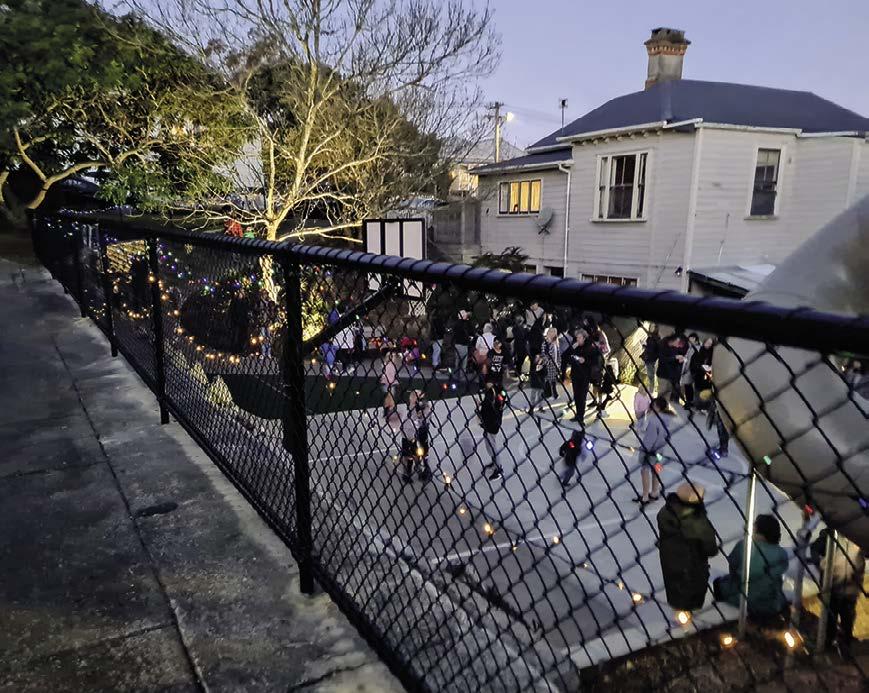
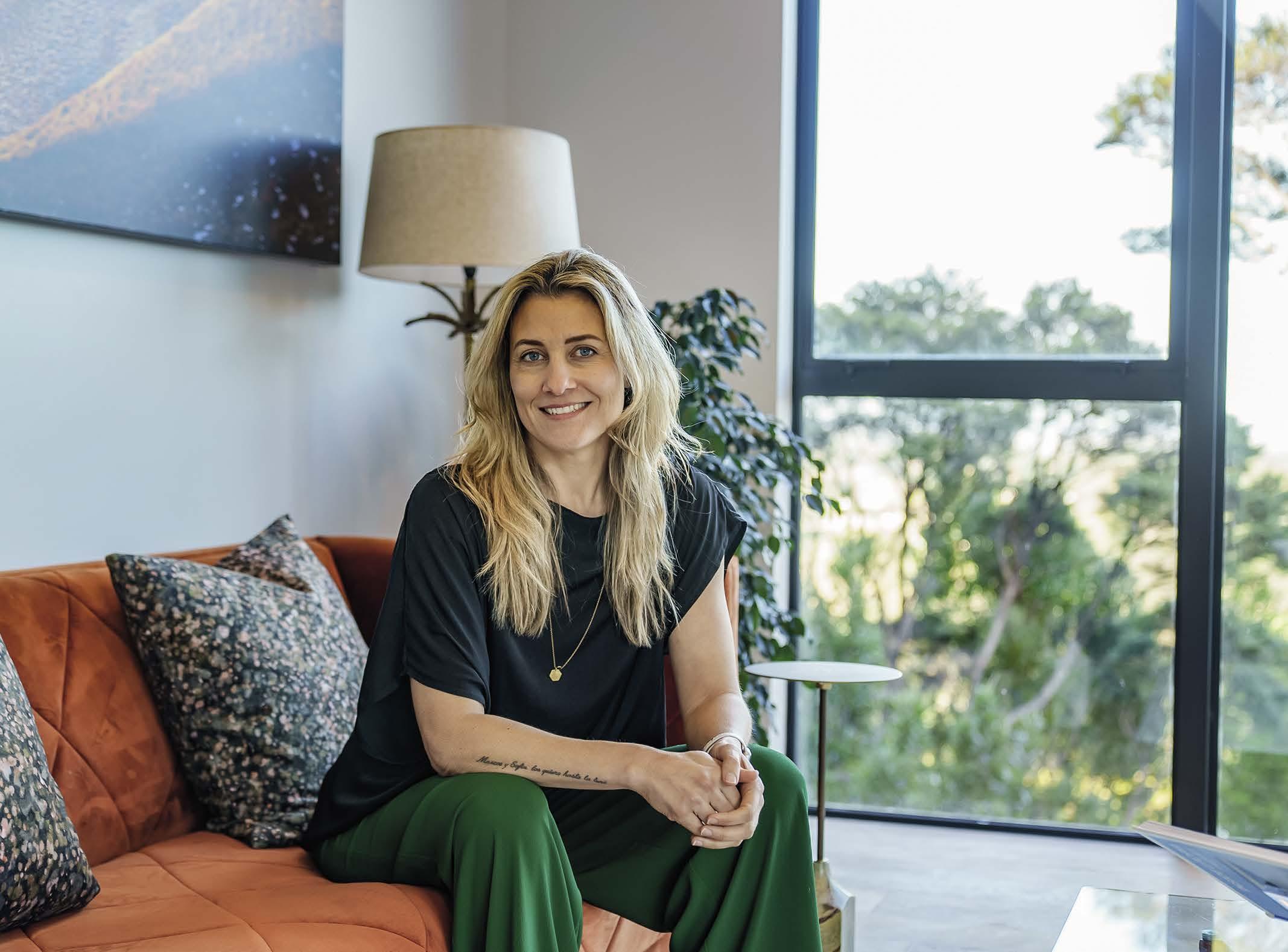
MI CASA, SU CASA
Meet Cristina Casares, the Argentinean Kiwi at the top of her field. With “casa” in her surname, you’d be forgiven for thinking houses are in Cristina Casares’ blood.
Instead, the Argentinean-born Kiwi took an unusual path to real estate success. Growing up in the bohemian part of Buenos Aires, Palermo Hollywood, it was fitting that her first career was in digital animation for companies like Nickelodeon and Disney. After living in Canada, America and Chile, it was New Zealand that eventually stole her heart.
Like many immigrants to New Zealand, the path to success lay behind a mountain of hard work. While her work has paid off handsomely for Cristina and her children, she points out that balance is supremely important to a life well lived.
“I think the last 18 months have caused many of us to reevaluate what’s important in life. Your life can’t be all work - that is a recipe for burn out. I have learned to balance the intense pressures of my work as a real estate agent with a daily meditation practice, as well as outdoor hobbies like wind-foiling,” she says.
As someone who works long hours and a lot of weekends doing open homes, it’s important for Cristina to grab time to herself when she can. “Wind foiling is perfect, since I keep all my gear at a lock-up at a boat club. If I have a couple of hours during the week and the wind is good, I can be on the water in no time,” she says.
Sounds like a great way to unwind and relax, but Cristina admits she has a competitive streak as required in the sales arena. “This of course flows on to my hobbies. I recently competed in the National Championships, and I find myself constantly thinking about how I can get better at wind foiling and everything I do.”
While you won’t see her at the Tokyo Olympics this year, you can find her at Ray White Ponsonby, if you have a home to sell. PN
For more information call 021 333 615 or 027 227 9622.
LOCAL NEWS JOHN ELLIOTT: OVER INTENSIFICATION OF AUCKLAND WILL KILL IT
After thrashing out the Auckland Council’s Unitary Plan, the Government is apparently pushing Auckland to further intensify the inner city, way beyond the provisions of the Unitary Plan.
Council officers have begun going door to door assessing the quality of 30,000 character and heritage houses as low, medium or high character value. Those with the highest assessment might just be spared - unless the government interferes again.
Two bright young sparks have already been up and down my heritage street of Wanganui Avenue. They had better not allow our heritage villas to be touched, nor try to squeeze a few six storey apartment blocks where they deem an old villa is not up to standard. What standard? Whose standard? You may well ask.
Mayor Goff says, “We will not be sending in the bulldozers to wipe out old villas.” I echo Christchurch Mayor, Lianne Dalziel who said, “bugger this, you’re not going to tell us how we see our city.”
Even City Council senior planning officer, Jacques Victor told councillors that this will not solve the affordability issue. “This is not the solution,” he said.
We don’t want a city shaped by developers, totally fixated on money, shoving six storey apartments wherever they can, irrespective of amenity values.
I have written about amenity values before, but the subject just continues to be ignored. Sadly, politicians, bureaucrats, planners, usually equate amenity values with NIMBYISM.
I want to quote again a former Parliamentary Commissioner for the Environment, Dr Morgan Williams. Dr Williams wrote in his 108 page paper about the reconciliation of intensification of Auckland’s population and the preservation of amenity values, “Amenity values are the things we really feel good about and cherish in our urban/ suburban environments. They are fundamental to city and community survival in the long term.”
Williams went on to say that “failure to appreciate linkages between major systems that affect amenity values in cities (i.e. population growth, demography, sewage, transport, water, open space, vegetation, including trees, building design) will inevitably result in a decline in the environmental qualities of our urban landscapes.” One hundred and eight pages are spent challenging councils to identify and manage amenity values while urban intensification proceeds.
There is no doubt that amenity values will change as a result of intensification, Williams agrees, but planning is the key to achieving the sound management of amenity values. Living environments with high levels of amenity have some or all of the following characteristics according to Williams assessment:
• Low intensity development
• Presence of trees and gardens
• Landscaped frontages and street set backs
• Off street parking
• High degree of privacy
• Daylight and sunlight access • Low levels of noise, visual pollution, odour , nuisances
• Safe environment for children, cyclists and pedestrians
• Low levels of vehicular traffic
• A feeling of community
• Non-residential support, business, community activities
Williams says that good management of amenity values requires appropriate monitoring systems. He suggests that communities should meet and set up their own list of valued amenities that the Council should preserve and if possible enhance.
While musing over the thought of the bureaucrats assessing my home along with the 30,000 other character and heritage houses in the inner city to see if it is fit for purpose - his purpose - I thought of my kids’ cat buried under a tree, our studio at the back of our section where my partner ran a successful knitting yarn business for more than ten years while our kids were young, and the friends she made who often came more for company than to buy yarn.
I remembered one of my favourite environmentalists, Canadian Professor David Suzuki describing a real estate flyer in his letter box. “It’s time to sell,” it said. “Prices of houses in this area are sky high.”
Suzuki took the flyer and walked around his property. In doing so he saw a lovely view of Vancouver Bay, soaked up the sun and warmth, and eyed a carved fence post by a very old friend who had helped him build the fence. He walked past trees where favourite pets were buried, went into the kitchen and saw the unit his father had built for he and Tara, which they had brought from their first flat and still cherished.
So many lovely memories - this was not just a house worth a certain amount of money. This was their home full of treasured artefacts and precious memories. It was not for sale.
Discussions of real estate values have become vulgar and boring. Auckland should be about more than a few more ten million dollar apartments. Council and Government must respect owners who have loved their home and their community for twenty, or thirty years, as we have, and want what it is and where it is protected from large, ugly, modern buildings where the main criterion is how much money the developer can make out of it.
“Home is where the heart is,” embodies an essential truth. “What we fear most is separation, loss, exclusion, exile, death,” says Suzuki.
I had thought that Covid-19 lockdowns and lost love ones would have brought some sort of epiphany, with a new discussion about the meaning of life, how to live more gently on a planet under extreme climate pressure, and the importance of wellbeing instead of money. It certainly hasn’t happened yet. Of course NIMBYISM exists, but most of the things that keeps Auckland near the top of the World’s Most Liveable Cities, are the amenity values as John Morgan Williams espouses in his paper.
We need to protect them. (JOHN ELLIOTT) PN
The importance of having full time permanent representation of Grey Lynn’s issues to key stakeholders within Auckland has never been more evident than in the last month.
To say that engagement has been both intensive and expansive, covering a wide range of issues for impacted businesses is an understatement. The Grey Lynn Business Association tries to ensure we are responsive, however as a largely voluntary organisation the requirement to operate in the professional consultative engagement space can be challenging. I know many of the businesses are appreciating the additional time we have spent on specific issues.
We respect the call for early engagement and consultation as even seemingly small changes can have a significant impact on day-to-day trading and activity. It is regrettable that a relatively small project pertaining to safer schools around the Grey Lynn Primary School, a project which is very much supported by the school community, became so contentious. The further disruption resulted in small businesses in the immediate area incurring additional financial damage and we all as ratepayers take a double hit as AT’s costs escalate. Yes, we should expect consultation, engagement and more detailed communication as projects proceed, but equally we must accept our part is to work constructively and collaboratively with all impacted parties to achieve the best outcome.
We would make the point that consultation won’t always mean agreement. But it does mean a fair and clear process, a critical evaluation of options presented and the development of an implementation plan which may or may not be the original plan presented. Divergent views are to be expected and welcomed. It is equally accepted that sometimes no matter how good the intent, processes do break down. When this happens, it is incumbent upon us all to work swiftly and constructively to address the issues and even slow down or stop a project where necessary.
West Lynn proved to be a difficult and flawed AT project, however throughout that process the Grey Lynn Business Association continued then, as it does today, working constructively and collaboratively with all stakeholders. There are many aspects of the West Lynn project that we rejected back then and there are many aspects of the project we dislike today and wish they could be fixed. There are some modifications that must be made to ensure the safety of those in our community with disabilities, plus some corrective drainage work, and we will continue to be active to see these completed. However, there is a weariness within the West Lynn business community for us to push for any further major work. We are continuing to work toward other minor changes, and on a more positive note the reduction in speed around the West Lynn village is quite noticeable with the introduction of the R30 speed limits.
Returning to the original point, it has become very clear, reinforced by the happenings of the past month, the businesses of Grey Lynn require consistent on-going professional and respected representation at all levels when engaging with key stakeholders. When combined with future funding uncertainties there is a realisation that our present voluntary model will not be enough. Becoming a business improvement district appears to be the best option going forward ensuring a positive and vibrant future for the businesses of Grey Lynn. Greater funding certainty enables us to deliver events such as the recent night markets in Grey Lynn village and dedicate more time to addressing issues and developing opportunities for all in the community. PN
www.greylynn-around.com
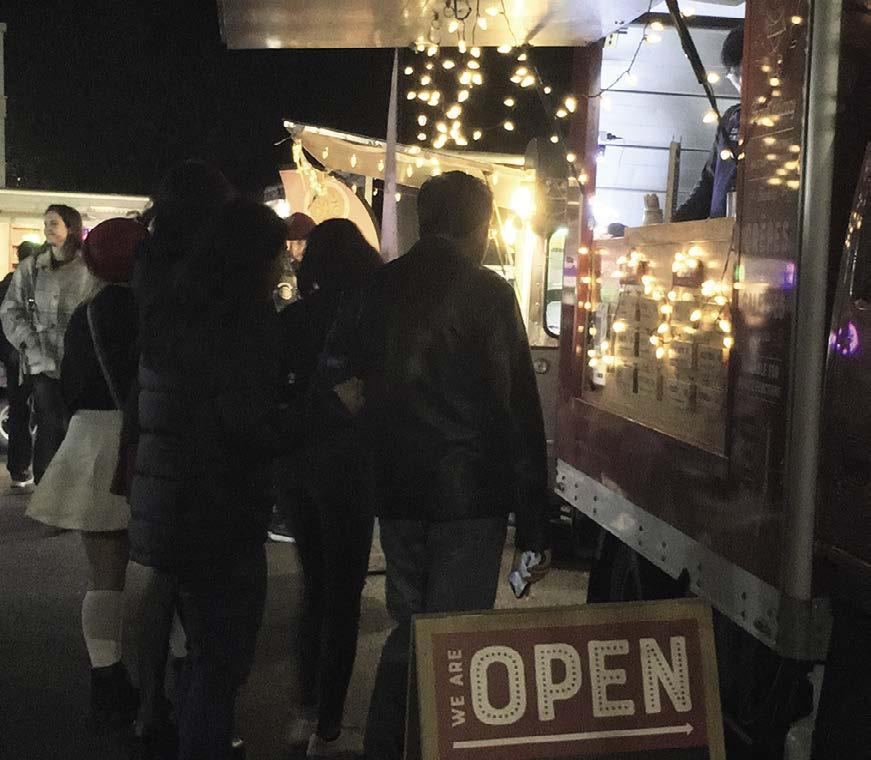
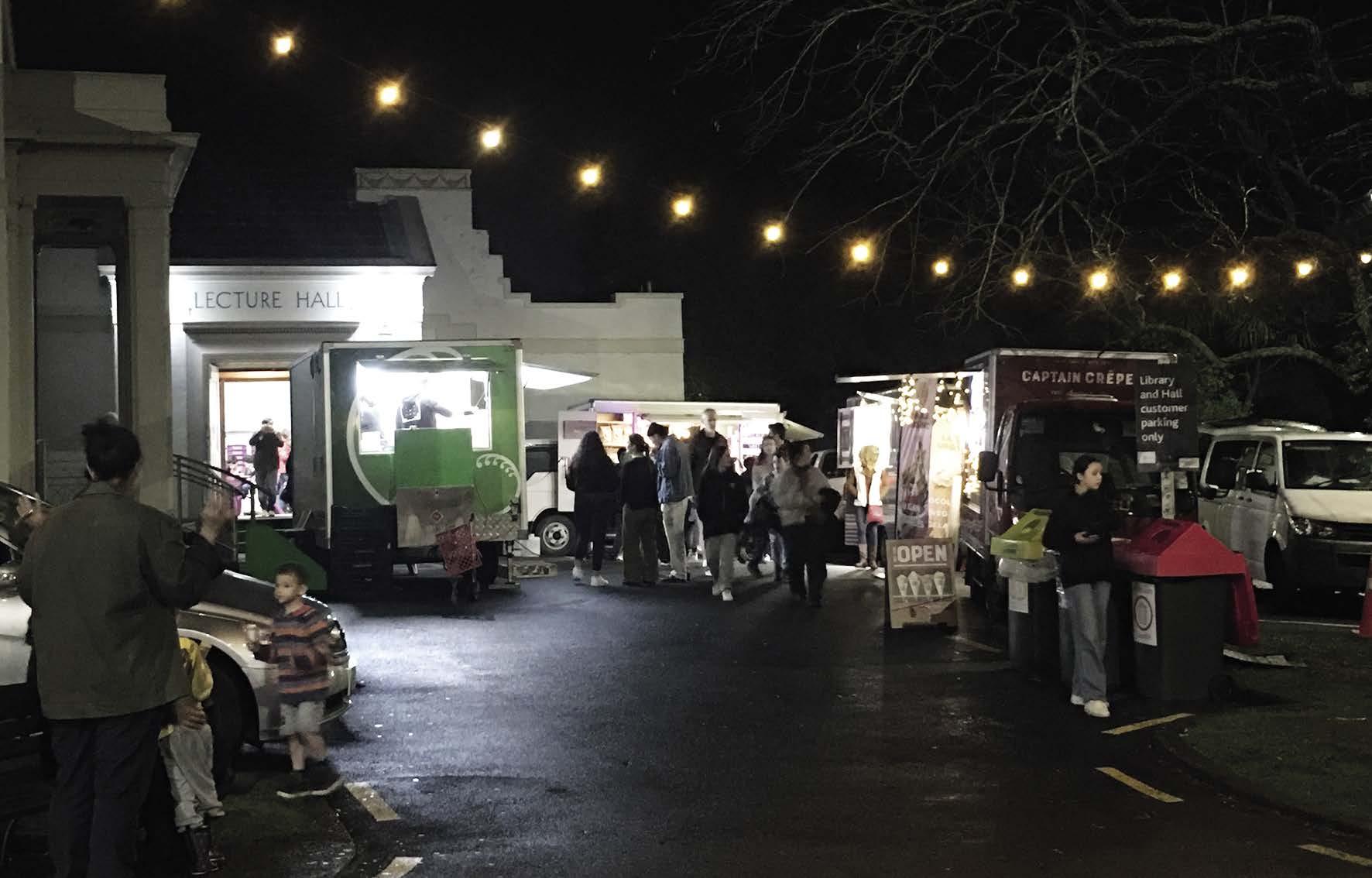
TURNING YOUR BACH INTO A BUSINESS IN TIME FOR SUMMER
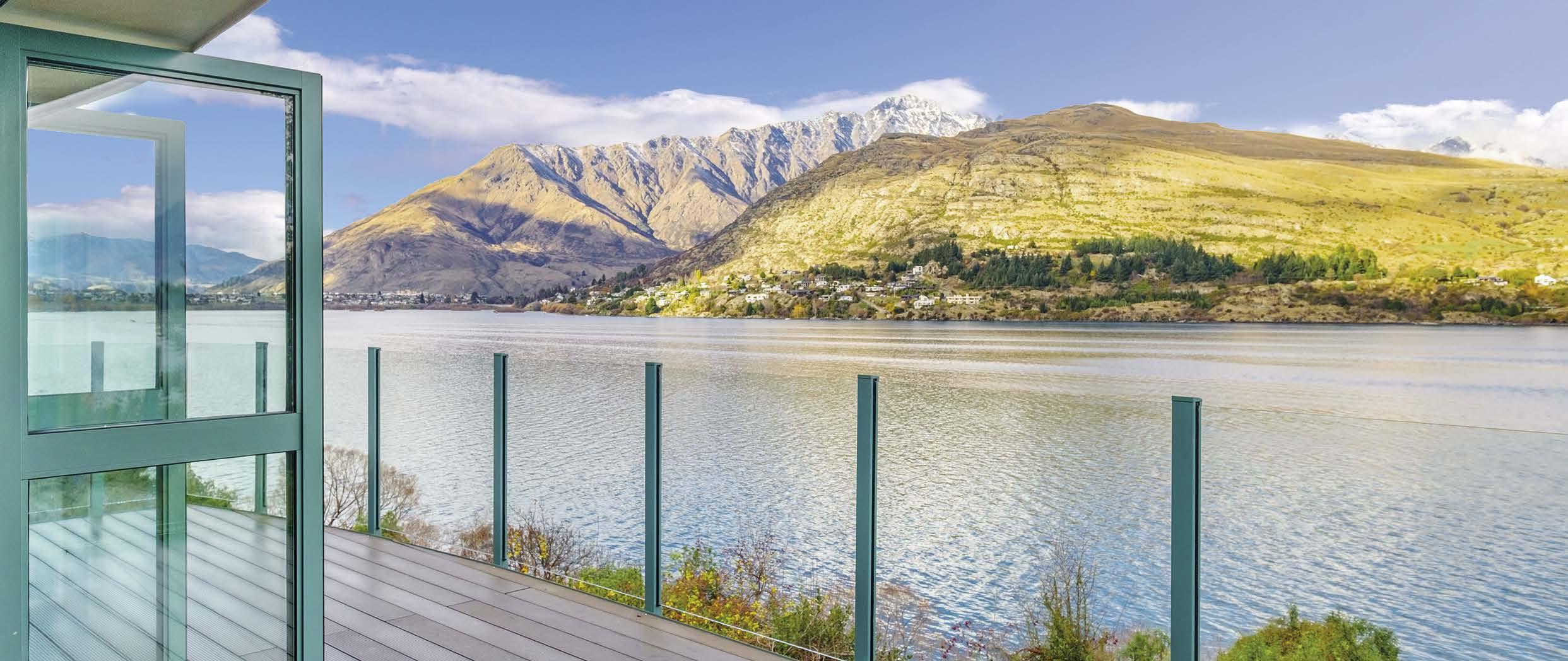
Some of us haven’t even made it to the snow yet, and already baches and holiday homes around the country are booking out for the busy Christmas and New Year period.
We all know the high demand over the January holidays means the later you leave it, the harder it is to lock in your ideal bach. However, early signs point towards it being even more important this year to get organised early: this goes for both guests looking to book, and holiday homeowners looking to rent out their properties!
New figures from Bachcare, New Zealand’s largest serviced holiday home management company compared to this time last year, show there are 101% more bookings for the Christmas week and 36% more bookings for New Year week. The stats are just as impressive in terms of revenue paid to property owners, up 110% and 54% for the respective periods.
We spoke to our Auckland-based owners, the Aitkenheads, who own a holiday home in Queenstown, about why listing with Bachcare made sense for them. While the year-round destination is in the midst of its peak ski season, people are already locking in stays for spring and summer. Living in Auckland, ‘Lakefront Delight’ [Bachcare property ID 1049845] gives the Aitkenheads the perfect combination of holiday and family time, while also renting it out when they aren’t there. They were attracted to the ease of Bachcare’s holiday home management service, the revenue management aspect, and the local manager, all of which was particularly important given that they live in Auckland. “Bachcare are proactive with the booking calendar and adjust the rates up or down depending on occupancy in the area.”
After the initial decision to buy a different home ‘off the plans’ fell through, the couple decided to go bigger, and purchase a much more sizeable house on the lake. This appeals to guests traveling with families and gives the Aitkenheads the space they need to have family members over to stay. Not to mention it provides plenty of storage for the kayaks, bikes, and ski gear! The 'Lakefront Delight' already has 71 nights booked between now and the end of the year.
If you have a holiday home sitting empty, now’s the ideal time to get everything in order and make the most of Kiwis seizing summer. PN
www.bachcare.co.nz
